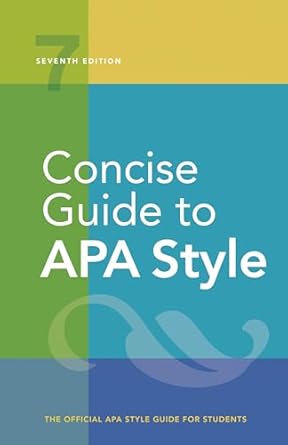[toc]
apa style slash usage a punctuation guide
Concise Guide to APA Style: 7th Edition (OFFICIAL)
Page 115 Review
Decoding the Slash: A Deep Dive into APA Style Punctuation
The American Psychological Association (APA) style guide provides meticulous rules for punctuation, ensuring clarity and consistency in academic writing.
Section 4.10 focuses specifically on the use of the slash, a seemingly simple mark with surprisingly nuanced applications.
Let’s dissect these guidelines to fully understand its proper usage.
Clarifying Compound Adjectives
One crucial application of the slash lies in clarifying comparisons within compound adjectives, especially when one element is hyphenated.
According to the guide:
“Use a slash in the following cases:
* to clarify a comparison in a compound adjective, especially when one of the elements is a hyphenated compound (alternatively, use an en dash; see Section 4.6)”
The examples provided illustrate this perfectly:
“the classification/similarity-judgment condition
hits/false-alarms comparison
test/retest reliability or test-retest reliability”
Here, the slash concisely indicates a comparison between “classification” and “similarity-judgment,” “hits” and “false-alarms,” and different instances of “test” reliability.
The guideline also suggests using an en dash as an alternative, offering flexibility in stylistic choices.
Specifying Possibilities
The slash also serves to present either of two possibilities, streamlining the text and avoiding unnecessary repetition:
“to specify either of two possibilities
and/or (use sparingly)
Latino/a”
The “and/or” construction, while common, is cautioned against overuse. “Latino/a” exemplifies the use of the slash to represent both masculine and feminine forms.
Mathematical and Scientific Applications
The slash finds essential use in mathematical and scientific contexts, primarily in separating numerators and denominators and indicating units of measurement:
“to separate a numerator from a denominator
AY:
7
Sc
Zz
(e)
of
ies
i
(e)
=
to separate units of measurement accompanied by a numeric value (see Section 5.15); if no numeric value appears with the unit of measurement, spell out the word ‘per’”
While the numerator/denominator example is unclear in the provided excerpt, the section on units of measurement is valuable.
It clarifies the distinction between using the slash (e.g., “0.5 deg/s,” “7.4 mg/kg”) when a numeric value is present and spelling out “per” (e.g., “cost per square meter”) when it’s not.
Phonetic Representation and Citations
The slash also has roles in phonetics and citations:
“to set off phonemes
/o/
in citations of translated, reprinted, reissued, or republished works in the text (see Sections 9.39-9.40)
Freud (1923/1961)”
In phonetics, slashes enclose phonemes, distinguishing them from regular text.
In citations of translated or reissued works, the slash separates the original publication year from the current edition’s year, as seen in the example of Freud (1923/1961).
Avoiding Misuse: Clarity is Key
The APA guide emphasizes that clarity should always be the priority.
It explicitly cautions against using slashes when a phrase would be clearer:
“Do not use a slash when a phrase would be clearer.
Correct: Each child handed the toy to their parent or guardian.
Incorrect: Each child handed the toy to their parent/guardian.”
This illustrates a critical point: the slash should be used judiciously, only when it enhances clarity and conciseness.
In the given example, using “or” is far more readable and less ambiguous than using a slash.
Lists: Structuring Information for Easy Consumption
Moving beyond punctuation, the excerpt delves into the importance of lists in structuring information.
The guide highlights that lists, or seriation, help readers grasp related key points within sentences or paragraphs:
“Just as heading structure alerts readers to the order of ideas in a paper, seriation—that is, lists—helps readers understand a related set of key points within a sentence or paragraph.
In a series, all items…”
The unfinished sentence hints at the need for consistency within lists, a crucial element for effective communication.
The structure of each list item should mirror the others to maintain flow and clarity.
Headings and Seriation: Complementary Tools for Organization
The comparison between headings and lists emphasizes their complementary roles in organizing information.
Headings provide a broad overview of the paper’s structure, while lists offer a more granular breakdown of key points within specific sections.
By effectively utilizing both headings and lists, writers can create well-structured and easily digestible content.
Buy full ebook for only $18: https://www.lulu.com/shop/american-psychological-association/concise-guide-to-apa-style-7th-edition-official/ebook/product-rmzpq54.html?page=1&pageSize=4
Apa Style Slash Usage A Punctuation Guide
Read more: APA Appendix Formatting Guide: Master the Essentials

